There are those who seek intoxication -- "symptoms and side-effects" -- as a moonlighting expedition, as a job, a culture, a lifestyle, a pastime, for kicks, and there are those who seek experience in other ways, who guard against intoxication, who avoid it. Who seek conversion from "using" to "sobriety" are "members." Who are visited by intoxication without seeking it -- "symptoms" -- are "patients." Do they then guard against it -- all of it -- or let it be? If drugs bring remission and side-effects to the patient, what does conversion bring?
Alcoholics and drug addicts and gamblers and debtors and sex addicts who enter 12-step Recovery (alternatives to that, namely 16-step Recovery invented by Charlotte Davis Kasl and Rational Recovery and Christian Recovery) admit they are "alcoholics" or "addicts" and refer to themselves as such during meetings. The members in alternative recovery do not necessarily define themselves as addicts nor addiction as an illness, but they all agree to abstain from the addictive behavior while they recover. Recovery lasts for life and is also a movement, not obviously a "health kick," that includes families and friends of the affected.
In the 12-step branches, recovery is a religion. The 12-step groups themselves deny their existence as a religion and refer to themselves as "a spiritual program," as if spirituality and religion were neighbors, not related as by uncles and aunts, but as by fences distinct. The Big Book written in 1939 claims that many members also participate in major religions, but in my experience in AA, few members participated in major religions, and this created the condition of "religion" in the place of religion, or, if not "religion," then "cult." It becomes a cult when members are not allowed to leave "recovered," "cured," or "reformed" without facing grave consequences to their social survival. One AA member, an observant Jew who had lived for decades in Japan, described AA as "secular religion." Understood that way, there was a miraculous calm in the room. Then he left.
At my visit to the Holocaust Museum in Washington, D.C., in 1998, I learned that Hitler had massacred the mentally ill wards or the wards of mental asylums, depending on how one looks at it, in 1933. (In Anton Chekhov's "Ward No. 6," the inmate beaten by guards is a family man and debtor, and the doctor in the provinces risks his rank and livelihood in befriending him and in advising superiors to close the hospital.) References on the internet (at ADL, for example) place the date of the hospital gassings at 1939. When I mentioned my visit to the museum during an AA meeting, I wanted to know whether the framers of The Big Book had been aware of the Nazi hospital massacres. The senior woman in the meeting leaped involuntarily in her chair, as if suddenly gripped by a horror too severe to allow for conversation. At the museum, where all manner of horrors are historically documented, my friend that day had not been willing or able to look at that one glass case where a half-length bed with stirrups was displayed. (I had leaped involuntarily in my chair in AA when a man sitting next to me had said during "new business" that he was drunk.)
Manic-depressives are named in The Big Book as being perhaps the hardest of all to understand, but since the name of the illness had changed to "bipolar disorder," heads tilted in my direction during the preamble where "grave disorders" appears (and so I longed for the Doxology): "But they, too, can recover if they have the capacity to be honest." "Recover" meant "stay in the group" for life, defined as sobriety, and "disorder" signified mendacity, yet I had not been hauled in for mendacity in 1991; I had not complied all those years with prescription drug treatment for deceit. I was of the type: "candid, frank, or honest to a fault" when I was diagnosed with a biochemical "mood swing" disorder.
AA is a religion of reformed "bad" boys and girls, who used to overindulge, party, go out, go to bars, buy drugs, seek intoxication (or be promiscuous, gamble, get stuck on porn, etc.). As "reformed" people who outgrew their interest in pleasure of that kind, their joy at shimmying out of inhibition like an old snakeskin, who "came to believe that a power greater than [they] could restore [them] to sanity," they begin to live as upright men and women of God who invite the approval and cooperation of religious groups, hospitals, doctors, courts, police, jails, schools, and employers. Not all AA members think as "citizens" or think women are citizens. The lead women in particular didn't tolerate talk of "rights." I started out thinking of civil rights, such as separation of Church and State, and ended up deep inside human rights; they (privately-educated Catholic women) preferred an order that metes out privileges, such as jobs and sexuality, to those they see as fit and deserving.
The 12-step members believe addiction is a disease, that they have it, and that it is a spiritual, not a mental condition. They "had their fun," and they make AA "fun." They have the fun disease. There are no doctors, surgeries, or medications for it and no clergy; health insurance pays for its treatment, and the higher authority is God. Once drunk on their faces or higher than kites, now repelled by intoxication, they make do with daily meditations and prayer. The biggest gift is fellowship. It is believed in the fellowship that alcoholics are smarter than non-alcoholics, that they are better off than they used to be and than people without sobriety. They have the steps -- the greatest spiritual invention in 500 years -- and a place to go.
AA is like secular Congregationalism with a hook on its penis -- to the squealing cat who flies out of a tree from it and the dizzy free bird who lopes lonely home.
. . .
[May 6: I had been a Congregationalist. The difficulty eventually had to do w/ Catholics in AA -- who were chameleon-like in their casting off their former religion but who all acted as one force in shunning non-Catholics at meetings. My group refused to take a "group inventory." There were literally human rights violations, something I reported to A. who has volunteer leadership status in NY where AA is headquartered. In the AA framework -- when it is applied this way -- there is an exaggerated sense of self-blame for problems outside of one (problems that are cultural or political), poverty, for example, or job loss, etc. So, another example, in AA "date rape" is as much the fault of the woman, if not more so since she mentioned it.]
. . .
In the end, before the end, there will be indisputably physical conditions of the brain: epilepsy, schizophrenia, depression. Psychiatrists and neurologists will be those specialists who treat those conditions. Perhaps the rift between psychiatry and neurology will mend. Treatment will be at will, never forced, never violent, never more harmful than beneficial, never more dangerous than refusal to treat. And there will be a test for the illnesses, to prove ahead of time that treatment is warranted. Religion will be religion. Art will be for its own sake. The state will be the state. Freedom will be the stake.
Tuesday, May 05, 2009
Subscribe to:
Post Comments (Atom)

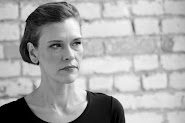
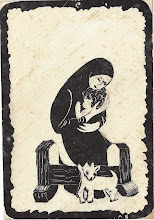
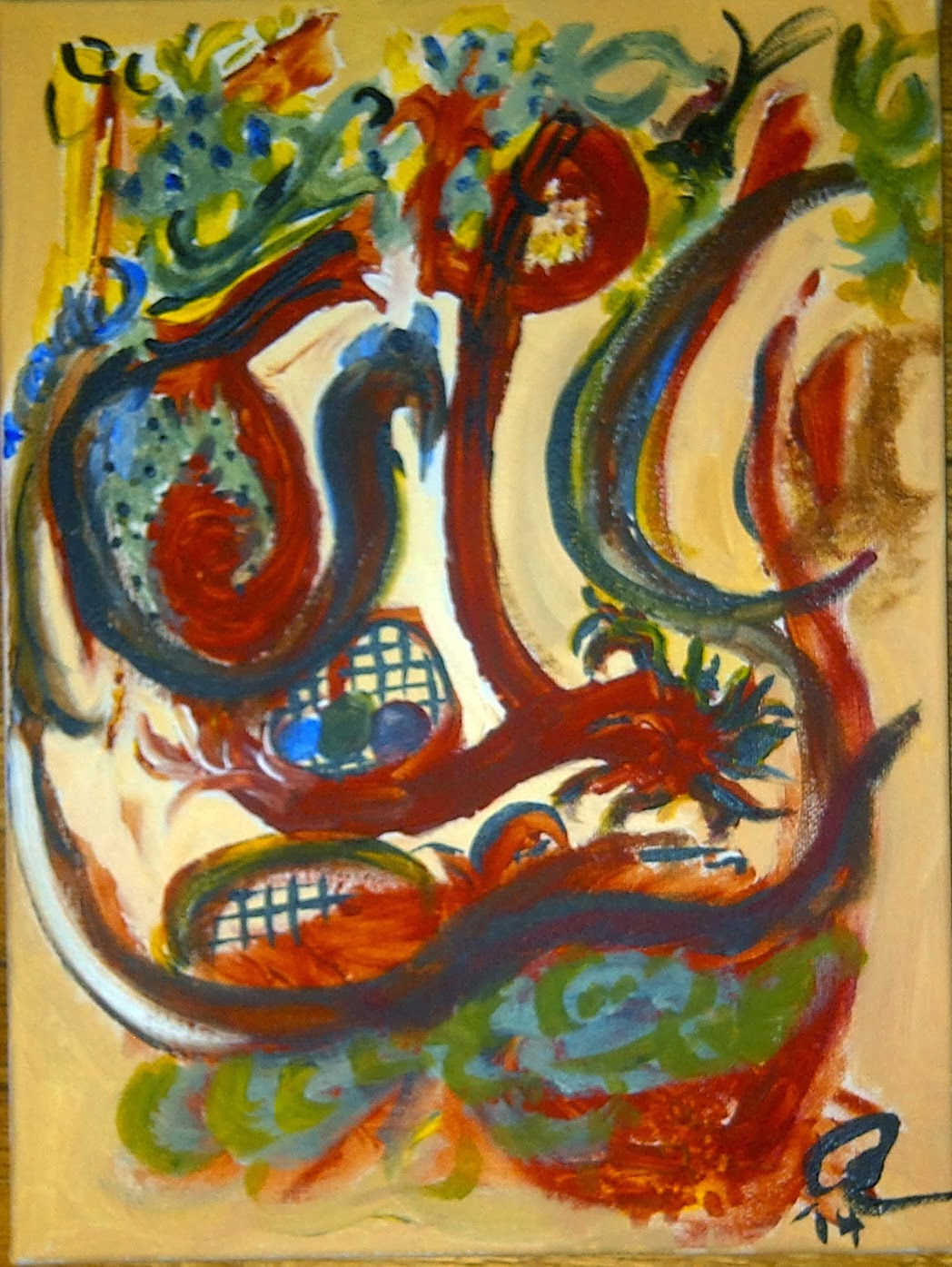
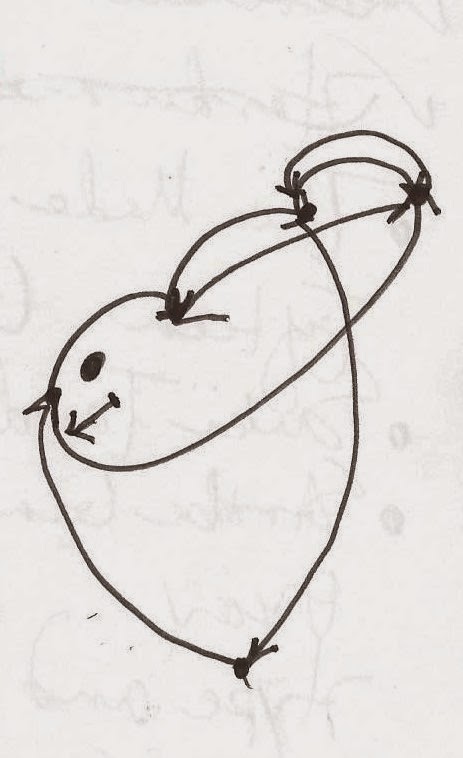

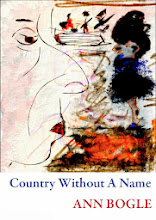






No comments:
Post a Comment